7 Common Signs of Worn Out Tires
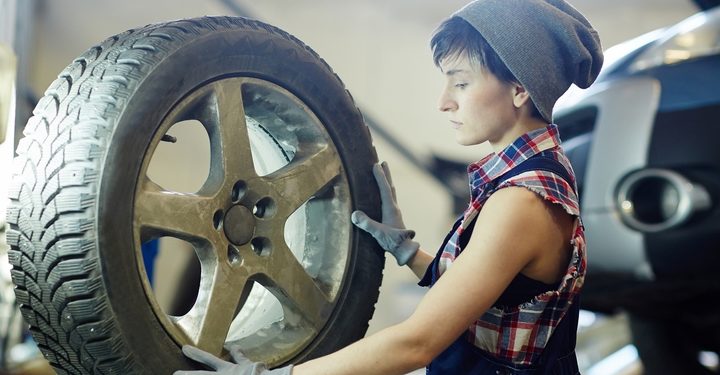
Several investments in our lives can be seen as a double-edged sword. These assets, such as the home or the car, can be worthwhile to have. On the flip side, you have to conduct a ton of maintenance and upkeep to ensure they are optimized. The aforementioned car is no exception.
For starters, you’ll have to regularly review the vehicle to ensure that it is in good working order. To help out your inspection, you may come across some superficial signs, indicating wear and tear.
The tires are especially susceptible to wearing down. However, the following signs of worn-out tires will provide you with enough warning:
Sign #1: Sidewall Cracks
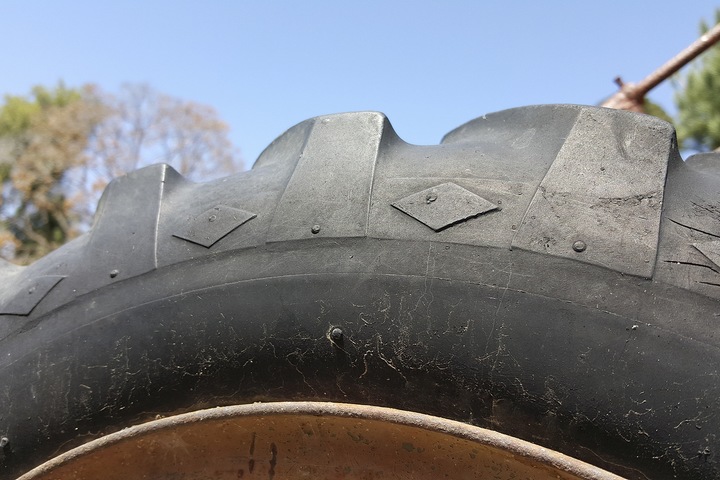
One of the most apparent signs of worn-out tires is visible cracks on the sidewalls. As your wheels age out, they become much more vulnerable to picking up shots on the surface. Rubber is not an invulnerable material, even though it can withstand the toughest of environments.
Should the sidewalls crack, you risk having your tires blowing out in the least favourable of situations. Thankfully, these cracks are very much visible to the naked eye, and immediately indicate how it is faring. Switch these out for newer tires as soon as you possibly can.
Sign #2: The Penny Test
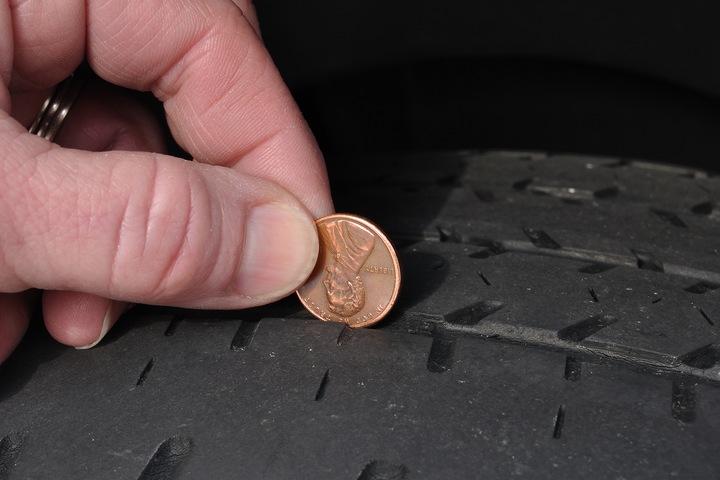
A convenient way to review how your tires are doing is to simply conduct a short yet efficient test. Known as the penny test, this exercise involves checking the tire treads for possible wear and tear. Grab a penny, or smaller coin of a similar nature, and set it in the tire’s groove with head side facing down.
To correctly gauge how the tire is kept, the entire head side should not be visible. If you can see the top of the head on the coin, the test is considered a failure. Since wear and tear physically wears the tire down, this test indicates that your tires have worn out. Get them replaced to be on the safe side of things.
Sign #3: Tire Pressure System Indication
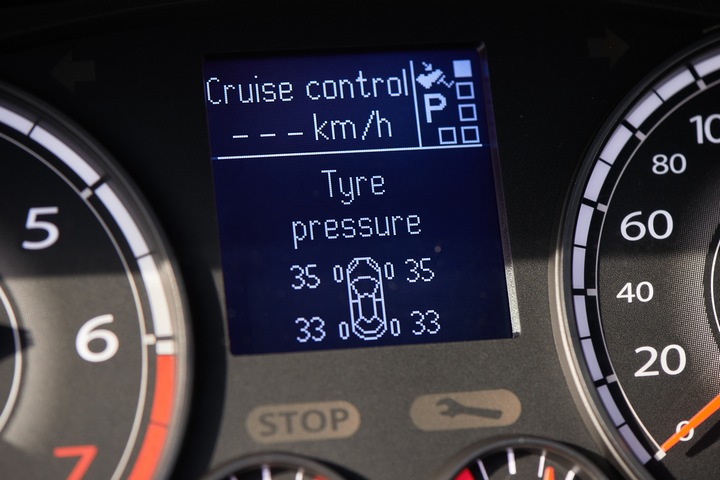
If you happen to drive a newer car, you are provided with multiple tools to check your tires. One of the best indicators is the tire pressure monitoring system, which can be a great assist. Underinflated tires can prove to be more harmful than you’d realize, and you should take swift action on them.
However, suppose you have this system installed in your car. In that case, it will indicate to you if your tires are indeed underinflated. Moreover, it is a pre-emptive means of taking action on wear and tear, so that your tire doesn’t go out on the road. If the system does not work as it once did, ask your mechanic to double-check its viability.
Sign #4: Abnormal Bulges
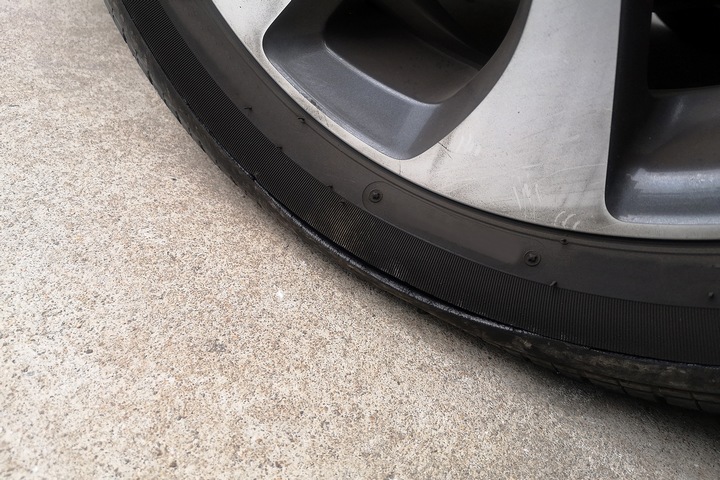
As mentioned previously, many signs of worn-out tires can physically be seen. One of the most common ways to tell if your tires are experiencing wear and tear is to check for large bulges. First, take a look at the sidewalls and meticulously look for strange bulges on the surface. If you notice them, be sure to take action immediately.
Immediate action is needed on these bulges because they can lead to a blowout on the road rather swiftly. Don’t wait to get your car serviced at the last minute; take the vehicle into your car shop straightaway. That way, you will allow your car to operate at a safe and secure manner soon after.
Sign #5: Poor Traction
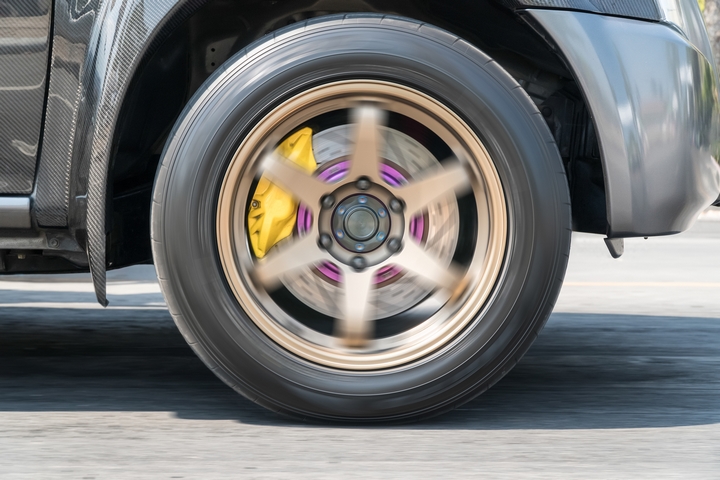
How your vehicle garners traction on the road is also a great way to detect wear and tear. If, for instance, you drive on wet roads, make sure you take stock of the present traction on your tires. If the traction is relatively poor, that means that your tires may be failing on you.
Sign #6: Exposed Cords
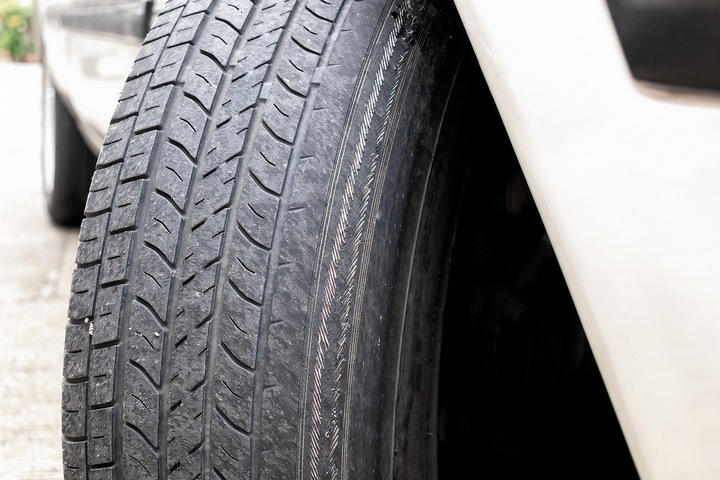
In more drastic situations, the cords from your tires may be completely exposed. This usually means that your tire has been used beyond its general lifespan. If this is the case, you should immediately take action in replacing the wheels. No traction here will inevitably lead to dangers down the road!
Sign #7: Age

Even though tires are built to last, they are not entirely invulnerable to ageing out. If the tires attached to your car are more than ten years old, you put yourself at extra harm. This, of course, depends on the car’s manufacturer.
Some manufacturers will say that your vehicle’s tires will last a bit more than the given ten-year lifespan. Others will mention that they need replacing before that expiration date. To stay on the safe side, look for the more pressing physical signs and take action on those when you can!


